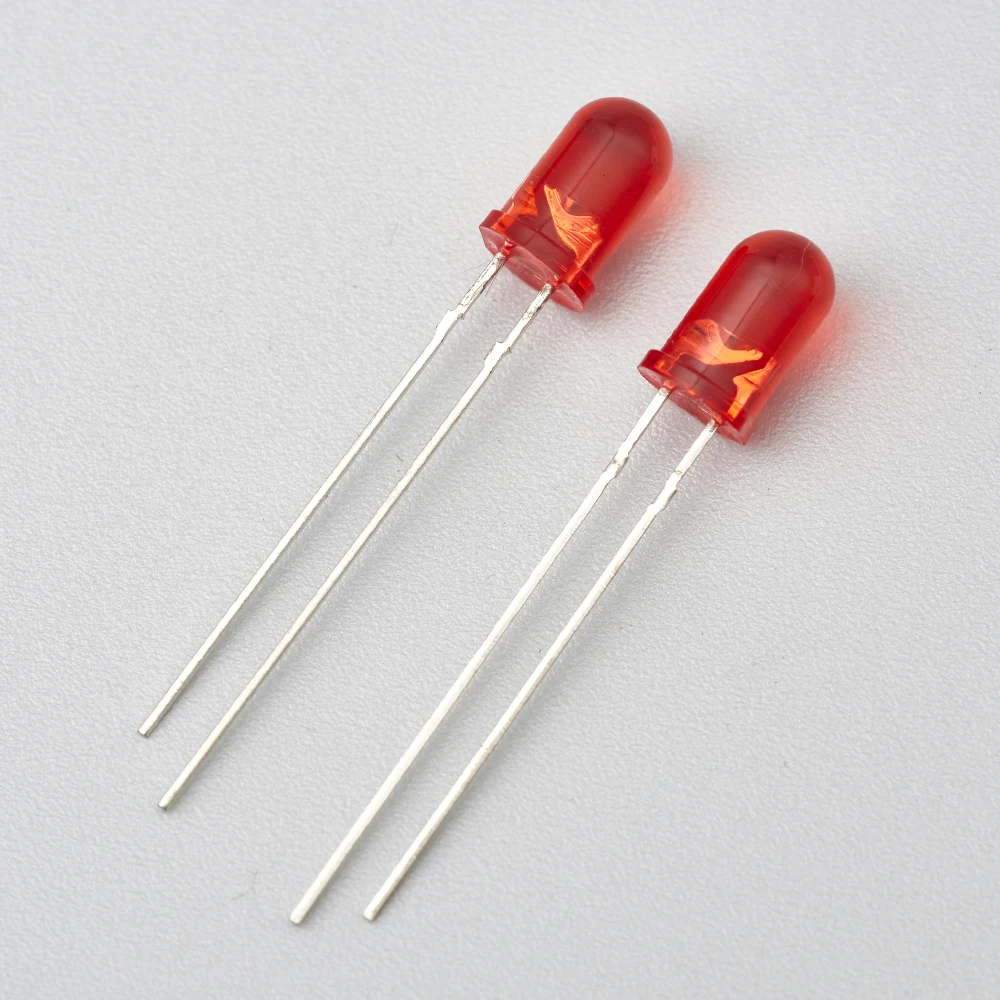

It's very important to keep polarity straight with ICs.

Integrated circuits (ICs) might have eight pins or eighty pins, and each pin on an IC has a unique function and position. Next we’ll discuss some of the other common polarized components, beginning with integrated circuits. There are tons of parts out there that won’t work if connected incorrectly. If the positive lead touches the anode and negative touches the cathode, the LED should light up.ĭiodes certainly aren’t the only polarized component. The polarity of a tiny, yellow, surface-mount LED is tested with a multimeter. At worst, an incorrectly connected polarized component will smoke, spark, and be one very dead part. If a polarized component was connected to a circuit incorrectly, at best it won't work as intended. A polarized component might have two, twenty, or even two-hundred pins, and each one has a unique function and/or position.
/how-to-define-anode-and-cathode-606452_FINAL-0fb3b21b79564acd9ef7c729a2bcd98e.png)
You can connect a non-polarized component in any direction, and it'll function just the same.Ī polarized component - a part with polarity - can only be connected to a circuit in one direction. A symmetric component rarely has more than two terminals, and every terminal on the component is equivalent. A non-polarized component - a part without polarity - can be connected in any direction and still function the way it's supposed to function. In the realm of electronics, polarity indicates whether a circuit component is symmetric or not.


 0 kommentar(er)
0 kommentar(er)
